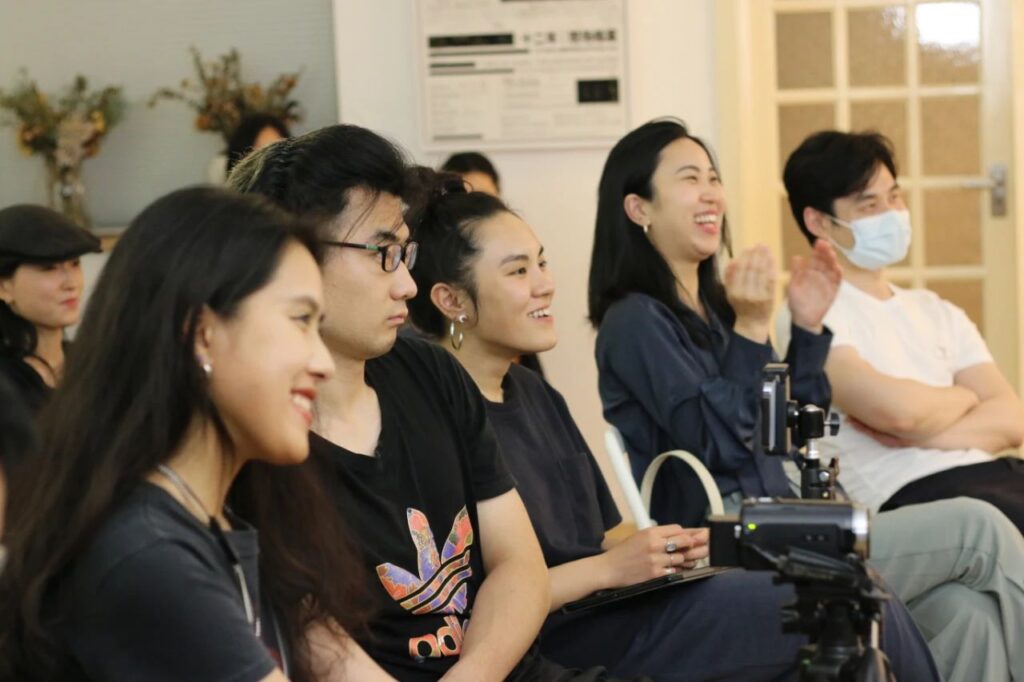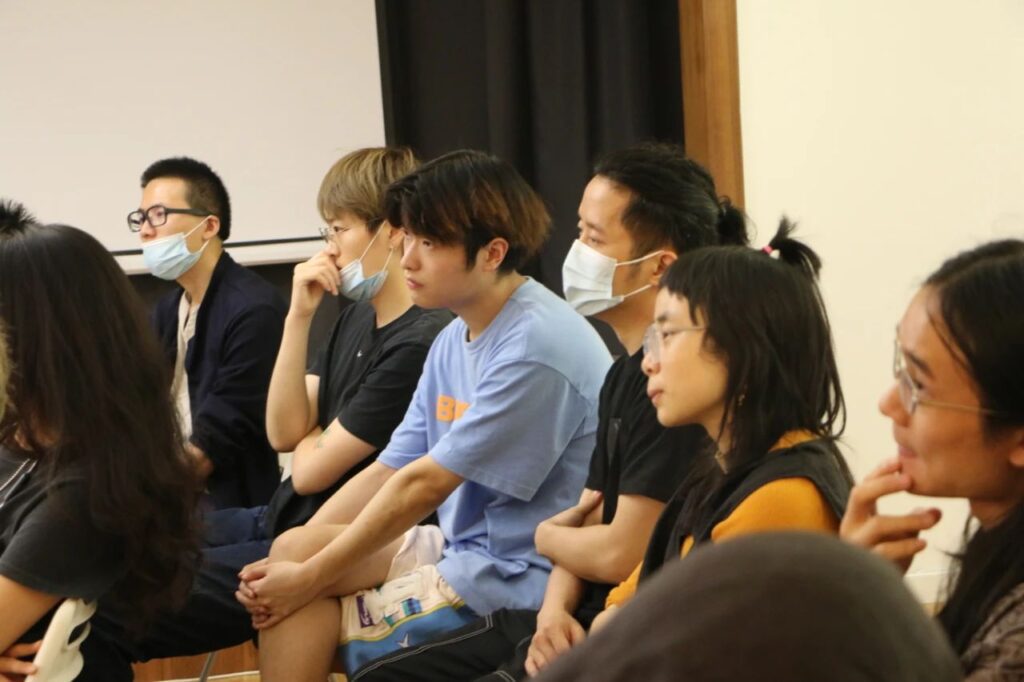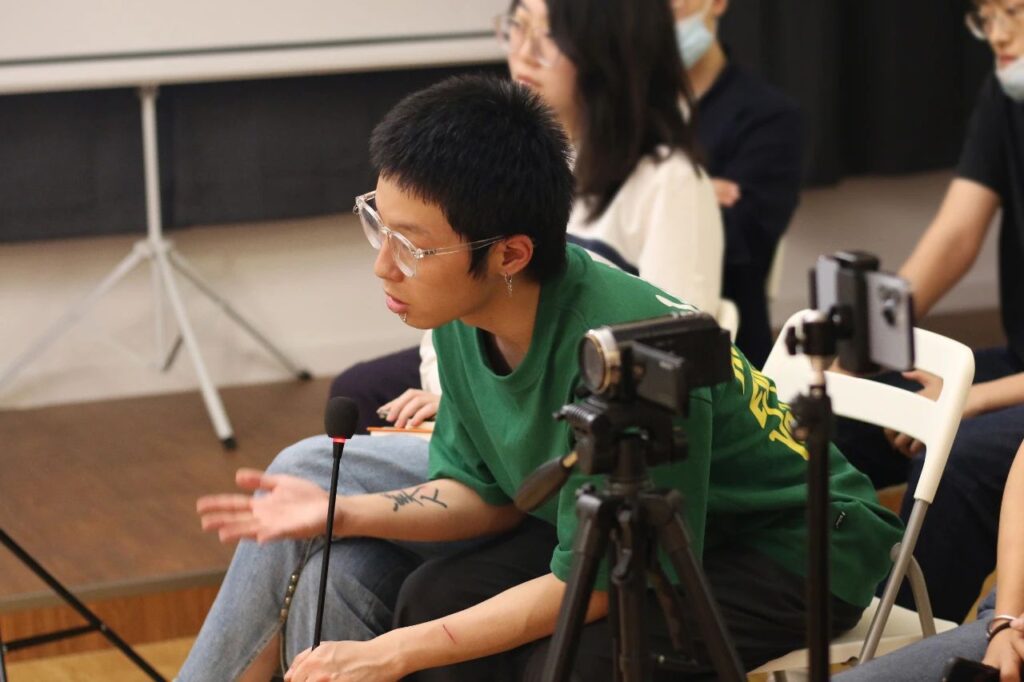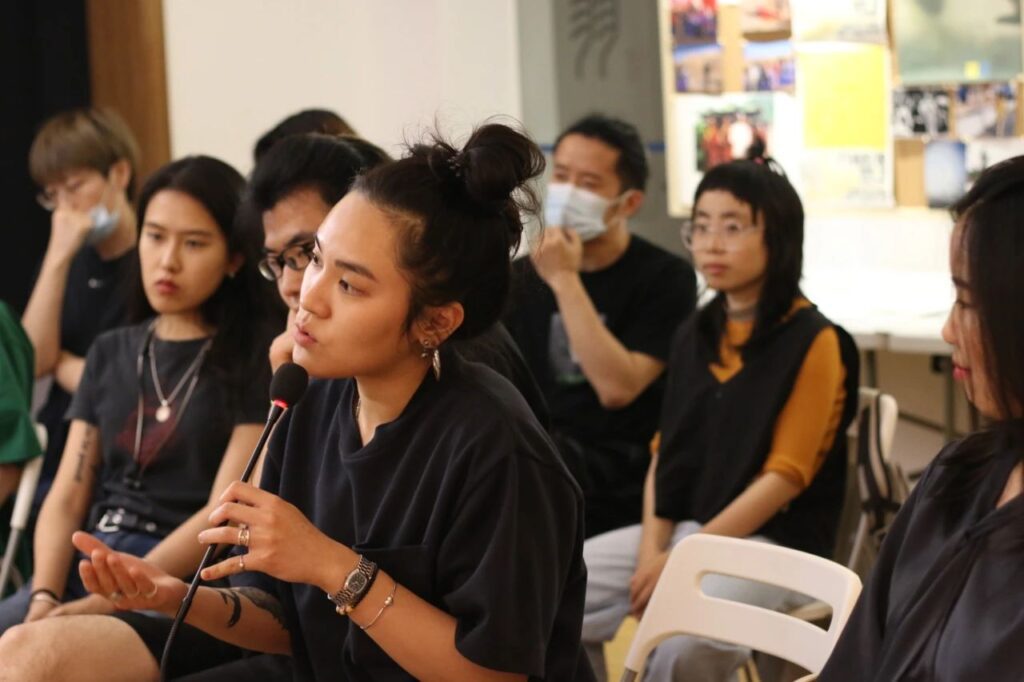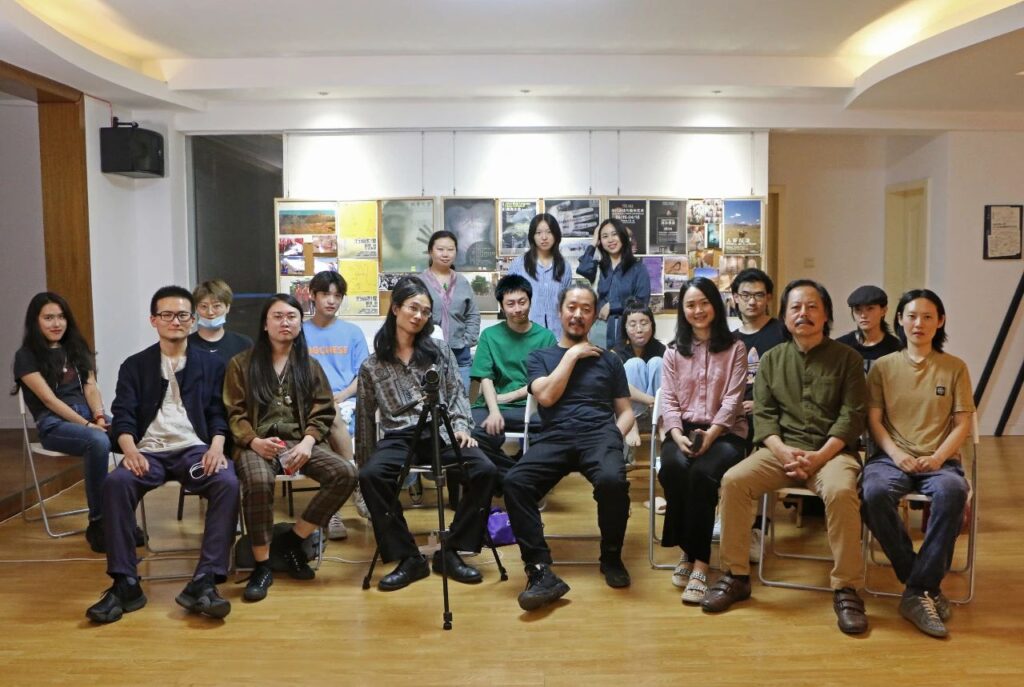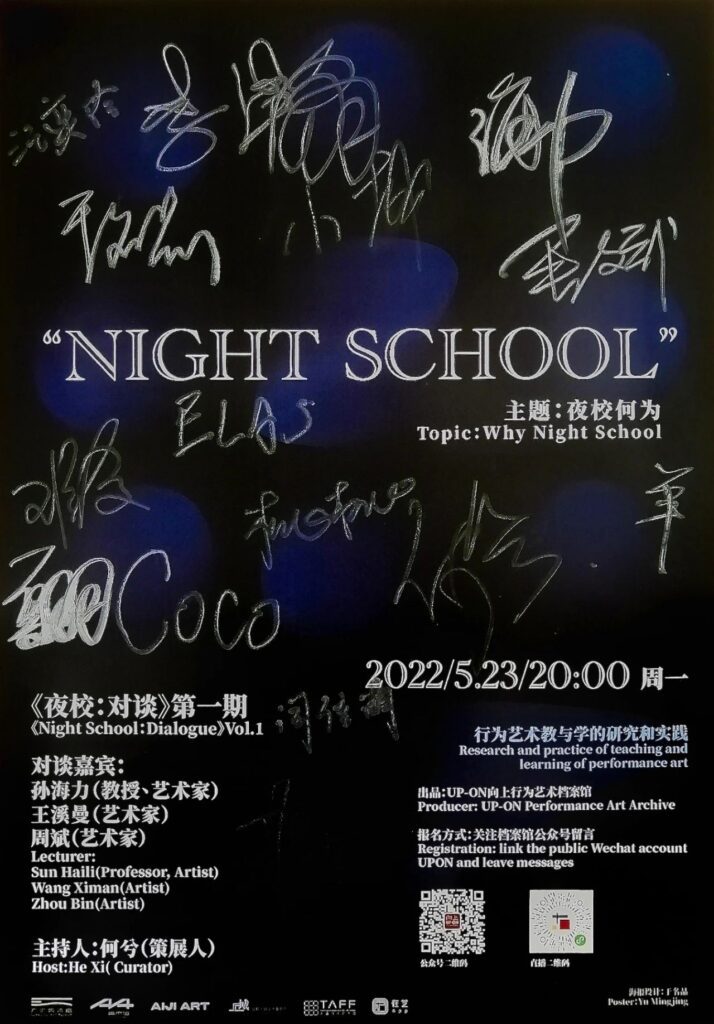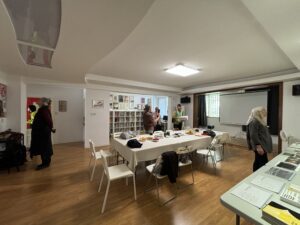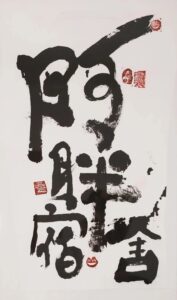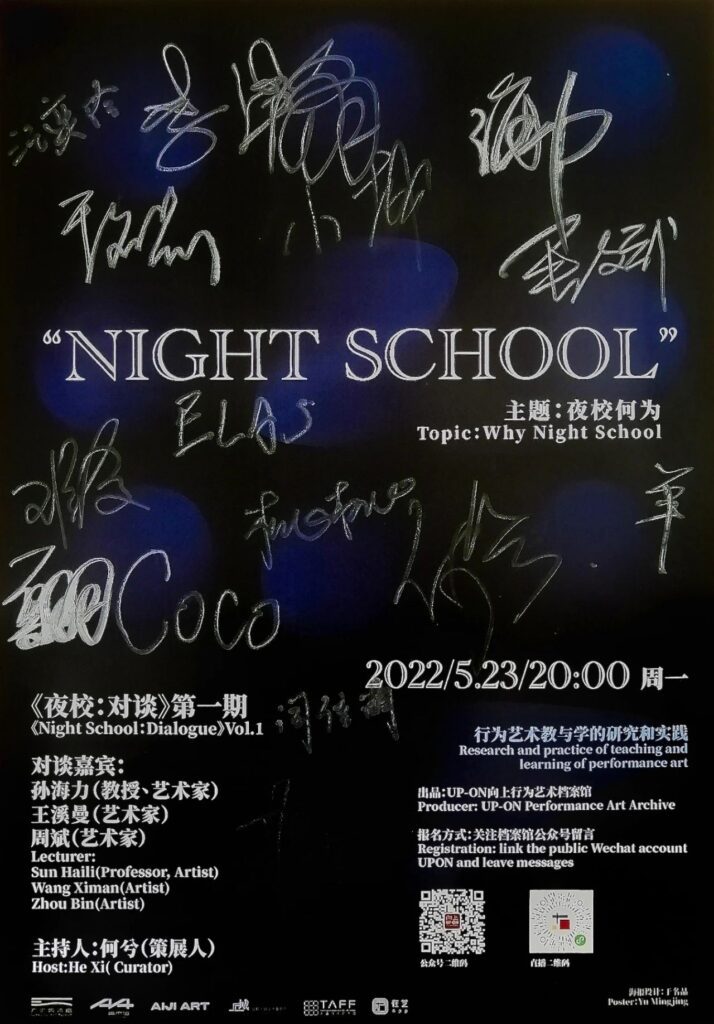

Since the beginning of the 20th century, the development of performance art has been nearly a hundred years, and both the works of artists and academic research results have been spectacular. A large number of newcomers from generation to generation have devoted themselves to behavioral art with their interest and enthusiasm, trying to figure out how to think and practice, but very few artists have been able to continue to create. In addition to the fact that it is not easy to create behavioral art, the lack of a systematic learning and communication channels and platforms, and the confusion and difficulty of self-study and practice only through reading scattered information are important reasons that cannot be ignored.
Throughout the history of the development of performance art, in addition to Robert Filiou’s book “Teaching and Learning as Performance arts” written in 1970, there are only sporadic information about the teaching and research of performance art, including some artists’ workshops and experience profiles. On the whole, there is a dearth of research in this area, and it would not be an exaggeration to say that there is a dearth of research in this area.

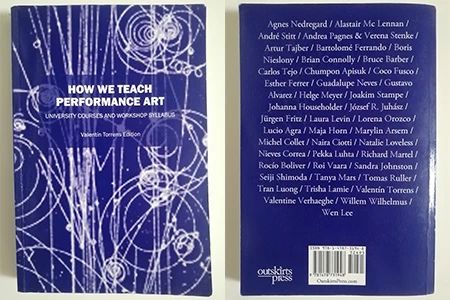
The Archives opened the “Night School” project, aiming to fill this vacancy, and is committed to building an exchange platform for research and practice of teaching and learning of performance art with both professionalism and openness. In the initial stage of the project, units such as “Night School – Conversation”, “Night School – Workshop” and “Night School – Observation” are planned in the hope of constructing a targeted and efficient learning community with diversified working methods. Here, teaching and learning is not a one-way knowledge transfer and impartation, but adhering to the art in front of everyone is a classmate, to create equal exchange and discussion, mutual learning and encouragement of the situation. The theme of the first issue of “Night School – Dialogue” is WHY NIGHT SCHOOL.
The first edition of Night School – Conversations opened on May 23, 2022 at 8:00 p.m. in the Archives. After asking Mr. Zhou Bin, the founder of the Archives, to briefly introduce the background of the Archives and the Night School project, Mr. He Ruoxi, the person in charge of the Night School project, opened the door to the topic of the conversation: can performance art be taught? When this question was thrown to the three teachers, it was also thrown to all the listeners on and offline.
Sun Haili: This is actually a very difficult question to answer in a straightforward way. Can performance art be taught? My answer is: yes, but at the same time there is a part that cannot be taught. What is the reason? If it is used as a teaching methodology of design progressing step by step, and as a stage-by-stage teaching process, there is no doubt that it allows learners to gain certain knowledge in learning and practicing. Therefore, the teaching of behavioral art can be promoted like the teaching of other forms of art. In Shuowen Jiezi, Xu Shen’s explanation of “teaching” once had a famous sentence: “Teaching is what is practiced by the top and what is practiced by the bottom”, which is, of course, the ancient description of teaching and learning with the traditional meaning of craftsmen’s succession. Although there is a general integration of East and West in art education today, there is still a considerable pattern of inertia in the art education system. In addition, teaching is characterized by the certainty of intellectual laws, which makes it easy for a homogeneous orientation to emerge in teaching, from theory to practice. I am also worried about the behavioral art of using the body as a language to convey concepts and spirit, which has an unpredictable space, time, and episodic uncertainty. It has the potential to produce unidirectional and deterministic knowledge once it is incorporated into a specific teaching terminology and pedagogical system. Especially for an inexperienced beginner, this is likely to confine him/her to a one-way model, which may be a problem that tends to arise in the process of teaching behavioral art. It is possible to learn performance art at a stage of general knowledge. However, to reach a certain level of “creation”, in my opinion, it is a part of the rational program of teaching that cannot be said or passed on, and it can only be facilitated by the students’ own total knowledge and natural endowment. Like the teaching of other forms of art, my personal experience is that the part of the character that makes an independent artist can not be accomplished through teaching.
Wang Ximan: I entered the Academy of Fine Arts in Rome in 14 years, and at that time the academy had already started to offer a course on performance art. Performance art was one of the courses in the second semester. At that time, I entered the course as a novice who had no knowledge of performance art, and many European students were in the same state. I think the most indispensable thing about doing performance art is the knowledge of art history and the understanding of other art mediums that are important. The most important thing that our teachers taught us was a way of perception and how to use perception to create.
Zhou Bin: “Can performance art be taught?” Since we started the Night School program, we definitely think that performance art can be taught. But it’s normal for people to have this question. In fact, the teaching of performance art at home and abroad faces the same question to varying degrees. Such doubts are related to the origin of performance art. From the very beginning of its birth, behavioral art has been provoking many established principles, including modernism, taking deconstruction of the classics and hostility to stereotypes as its own cultural attitude and goal of practice, with no authoritative theories and no standard techniques. After nearly 80 years of ups and downs to the present, behavioral art is still evolving with the development and change of the real context and art media, constantly cross-fusing with other art methods, maintaining a thorough openness, its expression is never uncertain, always maintaining diversity and heterogeneity, and is regarded as a medium without boundaries. These qualities constantly reinforce its radical image as a pioneer of cultural and ideological movements. The fact that everyone can define performance art on their own, carry out any action, and use any material to unfold their own creations, while giving performance art a sense of vitality, has also led to its attributes as an artistic medium being overlooked and therefore questioned: can it be taught? Should it be taught? If other art mediums such as painting, sculpture, printmaking, installation and video art can be taught, how come performance art cannot be taught? In fact, since the 1970s, the practice of performance art has become more widespread precisely because it has been incorporated into the curricula of a number of universities and art colleges in North America, and has subsequently developed in Europe and Asia. “There is a method of teaching but no definite method, it is important to get it right.” Whether or not behavioral art can be taught is actually a bogus question; the key is to invest energy in communication and research: how can behavioral art be taught? What to teach? This is also the topic we are going to discuss in the second installment of Night School – Conversation. We welcome you to come and discuss it together then.
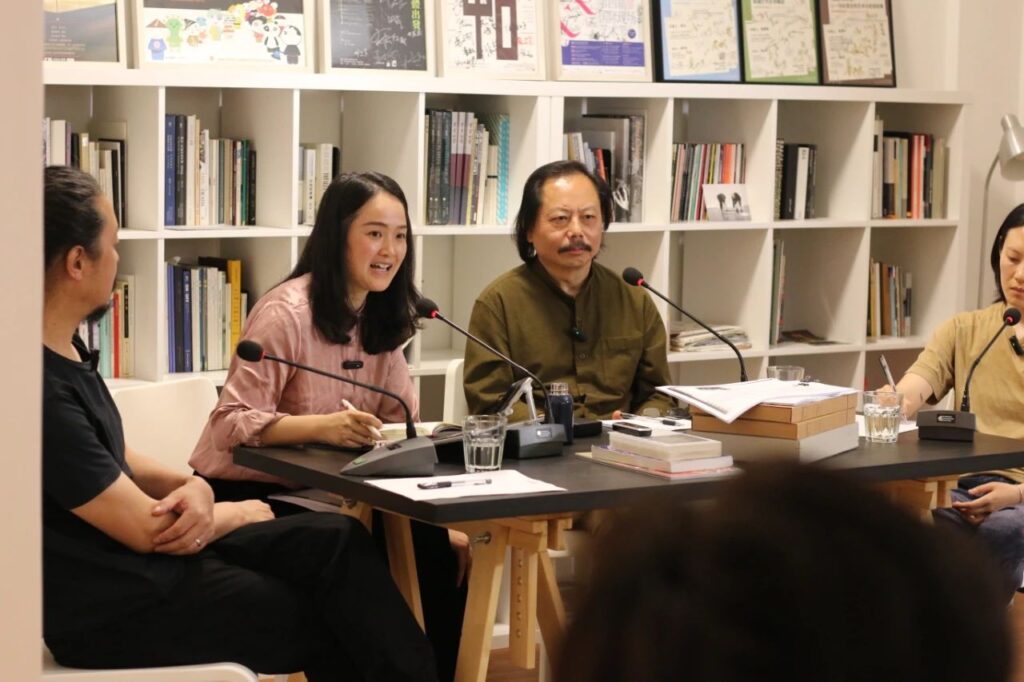
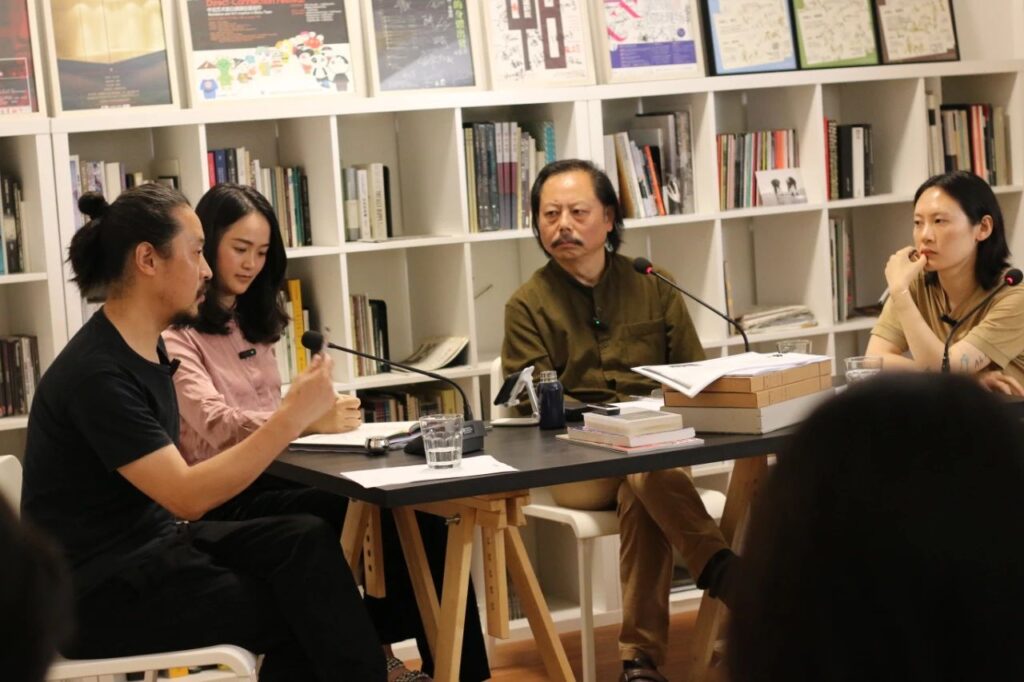
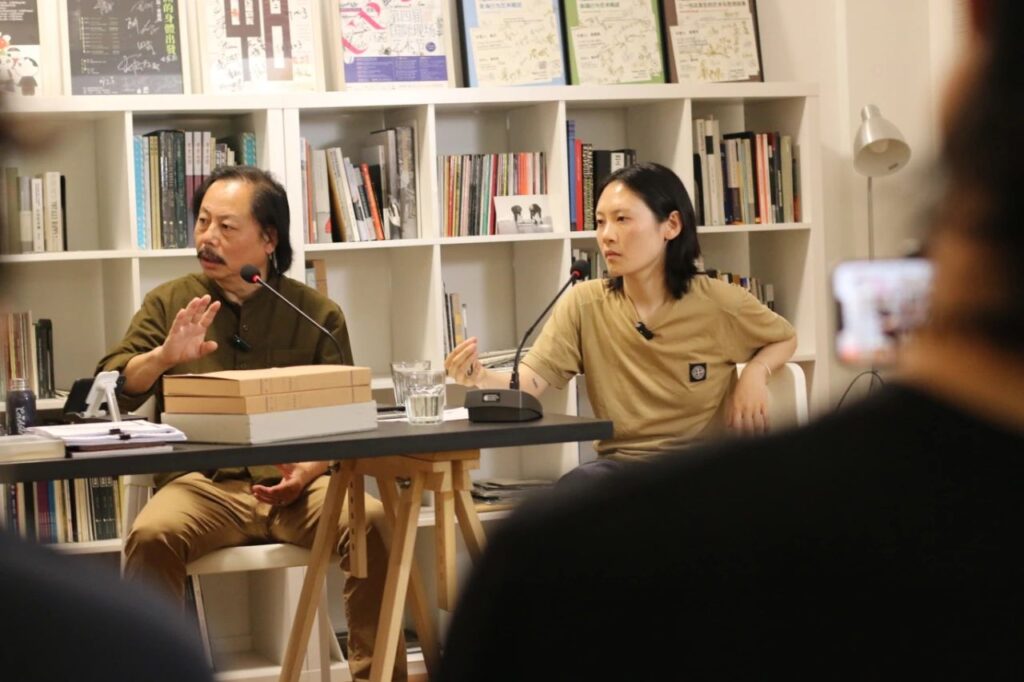
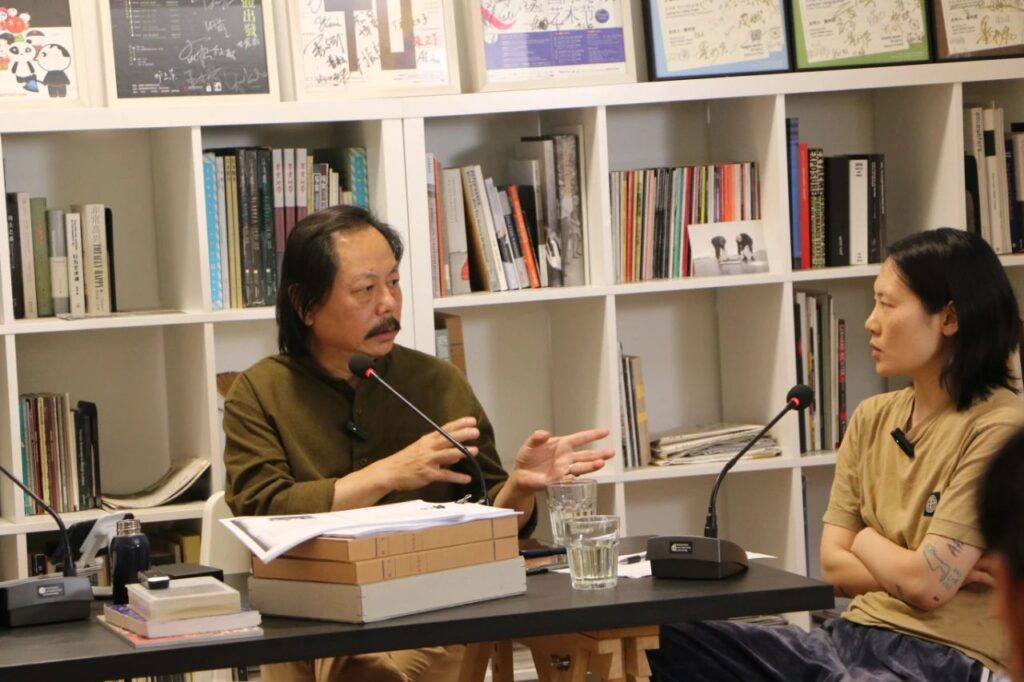
Due to the venue and other reasons, Night School opened up 16 spots for the audience, and most of the applicants were young performance artists and art practitioners. In the on-site exchange of questions and answers, they put forward a lot of professional level questions to the guest of honor, and even you and I, tit-for-tat views of the controversy, warm and strong atmosphere of the academic and theoretical discussion is lamentable, a strong feeling is: “Night School” this star presents a vigorous trend of prairie fire.
